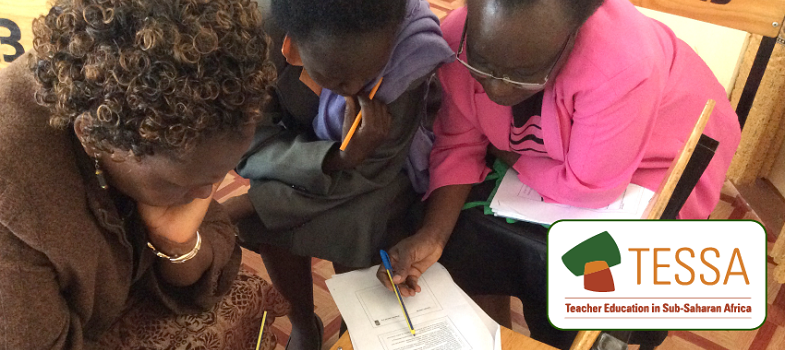2. Welcoming visitors to enhance the curriculum
One of the purposes of teaching history to your pupils is to allow them to understand and discover their own and their community’s identity. As a social studies teacher, even of primary school children, you should always be looking for interesting ways of helping pupils understand this past, their history. Considering how local customs, everyday tasks and the objects used for them have changed helps builds this identity.
Case Study 2: Investigating traditional dress
Mrs Noamasi has asked two older members of the local community to come to class in their traditional dress and talk about what has changed about traditional dress since they were young.
Before the visit, Mrs Noamasi reads Key Resource: Using the local community/environment as a resource [Tip: hold Ctrl and click a link to open it in a new tab. (Hide tip)] and, with her class, prepares for the visit. Once the date and time have been agreed, the pupils devise some questions to ask the visitors about what has changed over time.
On the day of the visit, the classroom is organised and the welcome party goes to meet the visitors. The class is excited but shy with the visitors. However, the visitors are so pleased to come and talk that everyone soon relaxes and there is much discussion about the dress they are wearing and the importance of each piece. The visitors also brought some traditional clothes that belonged to their parents for the children to see.
After the visitors have left, Mrs Noamasi asks her pupils what they had learned that they did not know before, and she is surprised and pleased by what they remembered and liked about the event.
Activity 2: Exploring traditional crafts
This activity aims to put in place a frame that you, as a teacher, can use to conduct a classroom discussion about any aspect of social studies or history. In this case, we are looking at local artefacts and their traditional use.
- Arrange for your class to visit a local craftsperson or ask them to come to school to talk with your pupils about their craft now and how it used to be.
- Before the visit, you will need to organise the date and time and what you want to talk about, so the visitor can prepare what to bring.
- Next, with your class, decide what kinds of things they want to know and what questions they would like to ask about the artefacts that the visitor might show them or they might see on their visit. Maybe the visitor could demonstrate their craft for the class.
- On the day, tell your class to enjoy the visit and to be respectful to the adults.
- In the next lesson, discuss their findings and ask pupils, in groups of four, to choose one item, draw it and write what they can about it from memory and the notes they took. (See Key Resource: Using group work in your classroom.)
- Ask your pupils to put their work on the wall for all to read and see.
- You may be able to organise a craft lesson with the visitor, so your pupils can try the particular crafts.
1. Discussing artefacts in small groups



